Steal like an artist: the story of Delft Blue
Read this post on TravelFeed.io for the best experience
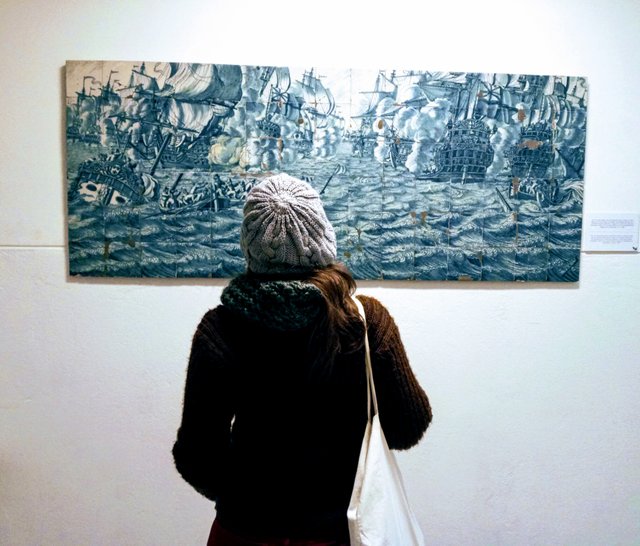
Delft Blauw, or in English, “Delft Blue”, “Delftware” or “Delft Pottery” are all names for one the most famous souvenirs of the Netherlands. Yes, I’m talking about the white and blue dutch pottery. And you probably know what I’m talking about, since there’s a big chance that you have some relatives, like your granny's or aunties who traveled to the Netherlands probably have some blue and white windmill porcelain in their cupboard.
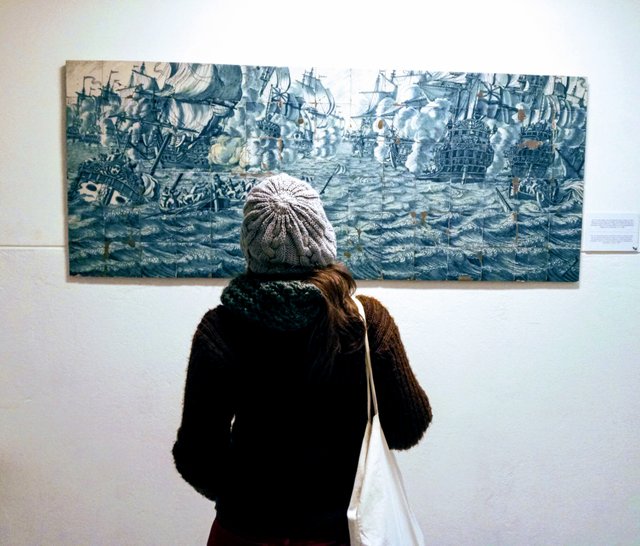
A little bit about Delft
Delft is a city in South Holland. It’s located very close to Den Haag (The Hague). They have a lovely historic city center with some of the very old architecture and new buildings living together. Delft is one of the oldest towns of the Netherlands and also the hometown of the famous painter Johannes Vermeer.
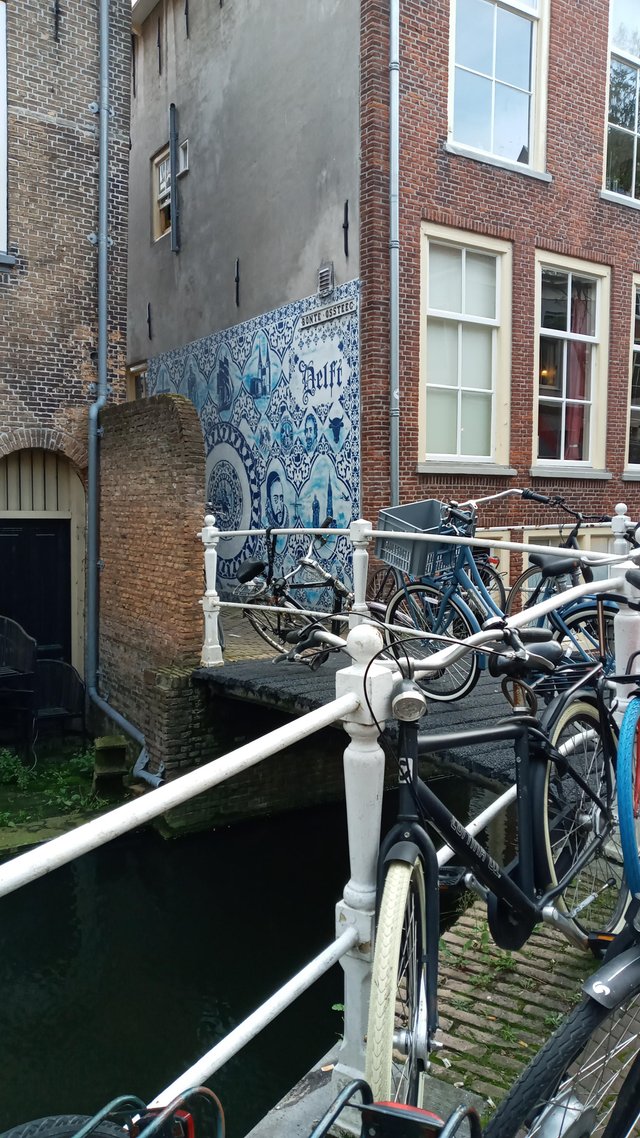

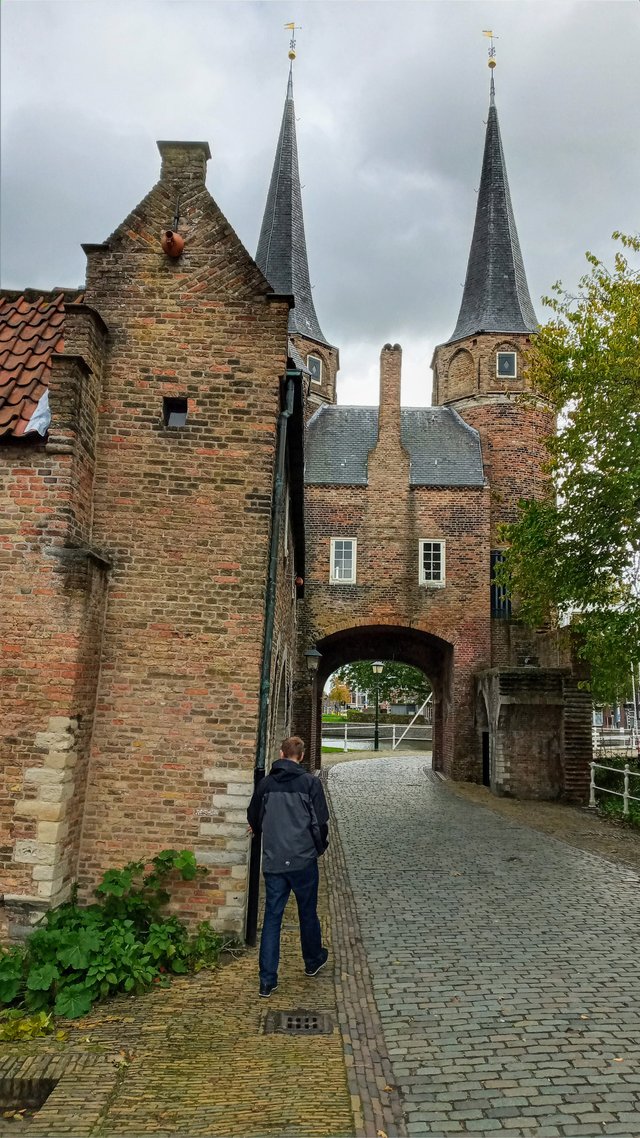
The Delft Blauw History
Delft is also the city of Delft Blue, the famous white and blue pottery who is admired about the dutch.
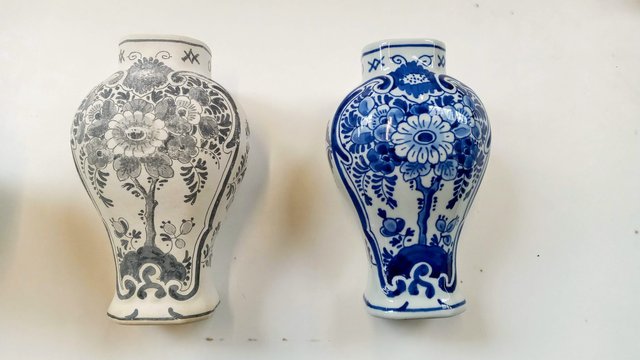
The story of Delft Blue started around the 17th Century, when a lot of ships of the VOC = the Dutch East India Company went to Asia and brought to The Netherlands all kinds of luxury goods, specially the Chinese Porcelain.
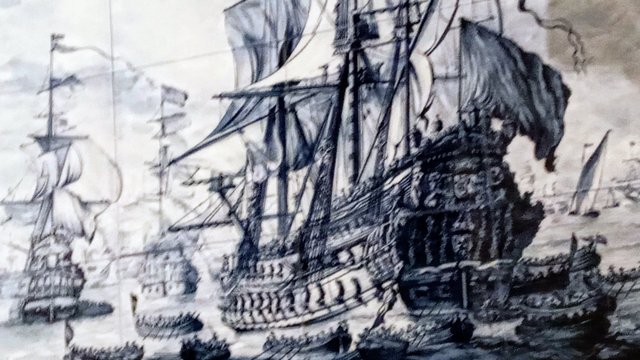
Many people consider the VOC the first multinational company in this world. It's so curious that this trading;exchanging;creating a new business mentality also becomes a concept which is the “VOC mentality” which means this behavior of dutch people to trade and start business everywhere.
In the beginning, the chinaware was used as import ballast on the ships. However, as the blue and white porcelain get more famous, trading the chinaware becomes the main activity of VOC.
The business was doing great, until a war in China stopped to import its porcelain.But since the chinese porcelain became trendy for the rich Ducth families, especially the royal family, the Ducth people found a way to produce their own white and blue porcelain. And so the delft blue was born!
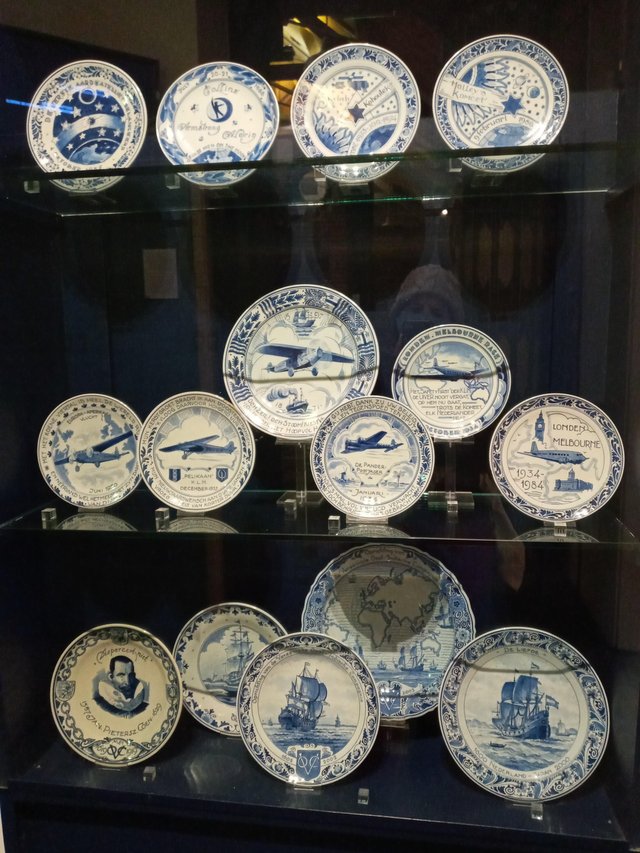
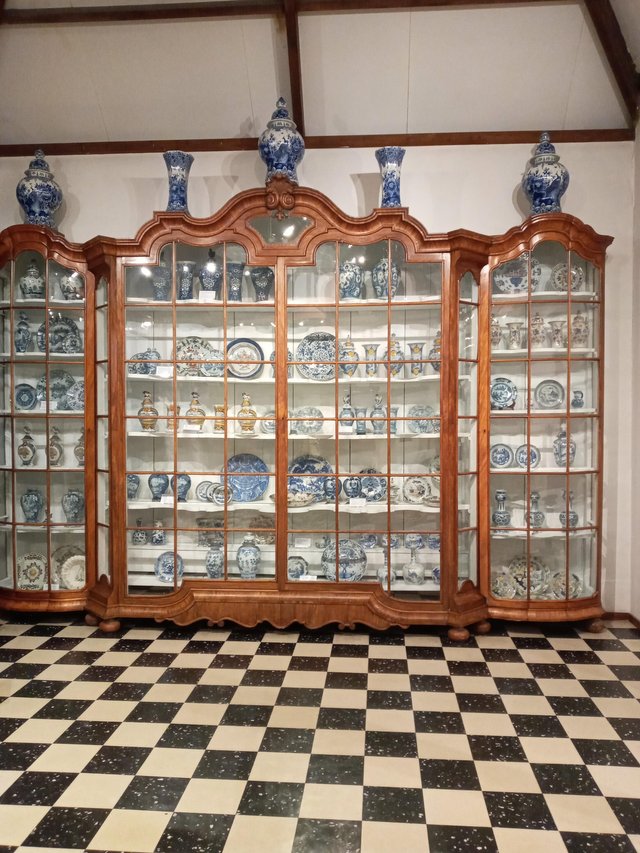
In the beginning, more than 30 porcelain factories were established in Delft. However, today only one still remains (De Porceleyne Fles) and it's where also a museum was established.
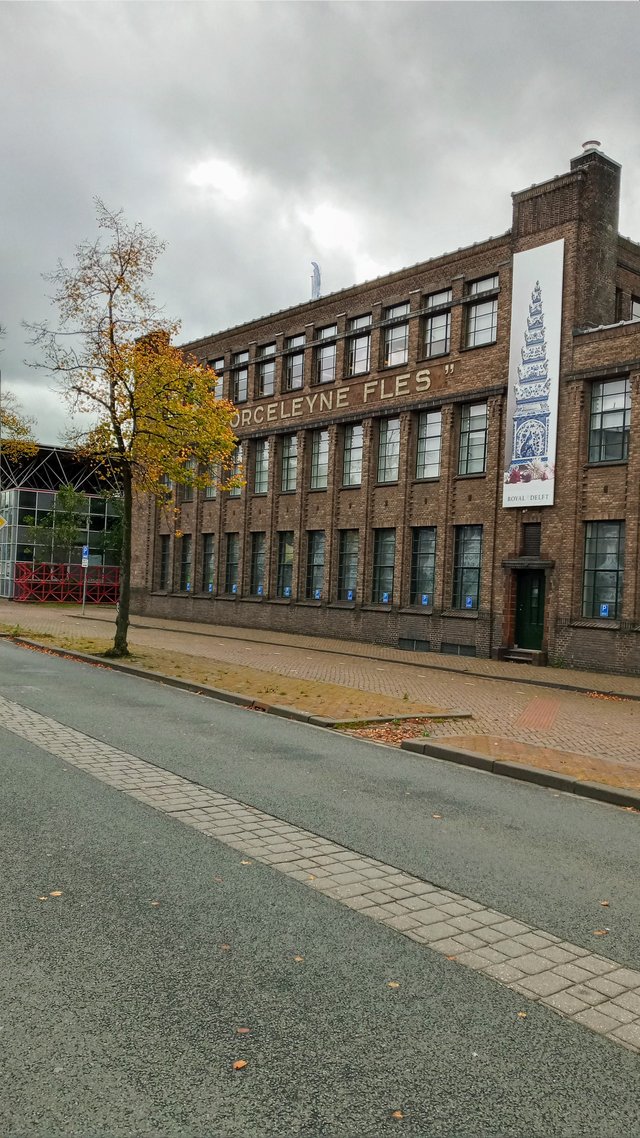
The innovation on the dutch porcelain, besides the illustration of course (chinese don’t put windmills on their pottery!), is the clay. According to the museum's guide it has a secret recipe that its absolutely revealed to no one. They say that it looks like porcelain, but it’s more than porcelain… It was the “unique porcelain from Delft”.
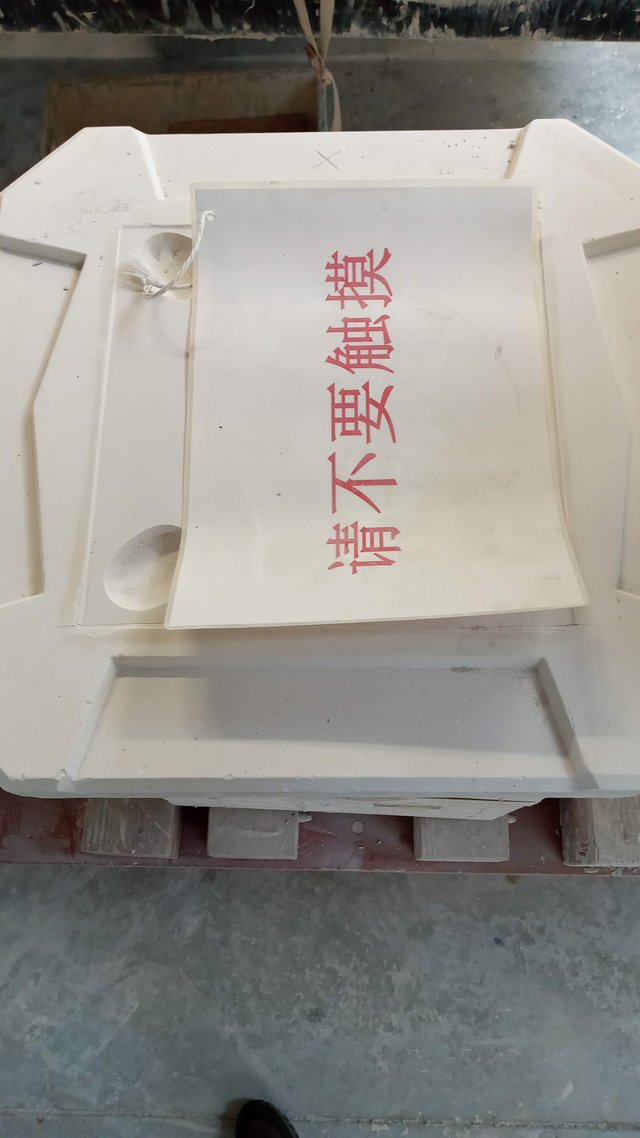

Another novelty were the tiles that were also painted with illustration inspired on dutch landscapes, life and of course windmills! The tiles were used to decorate inside the houses and were a piece desired by the families. Especially because they were easy to clean. The tiles also carry some words and phrases that are so famous in the dutch culture that they have a word “tegeltjeswijsheid”, which means “the wisdom of the tiles”.
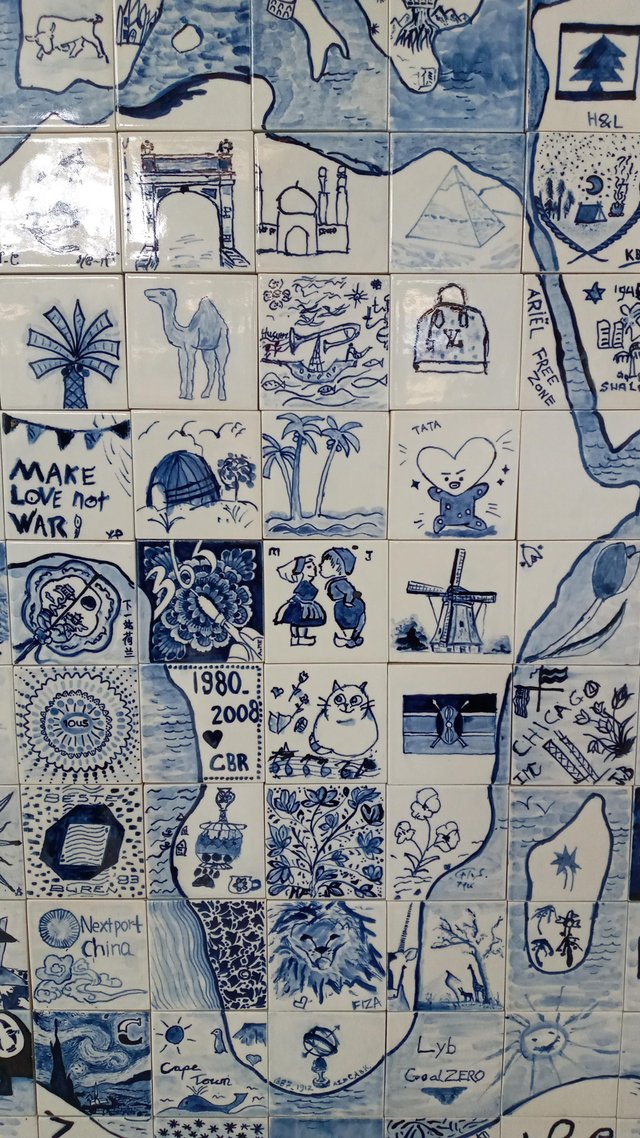
Before the best seller book “Steal like an artist” of Austin Kleon became a bestseller and the famous phrase “take a sad song and make it better” of “Hey Jude” become words of hope, dutch people really know to reinvent the wheel, put some royal stamps on it and sell it for the rest of the world for a lot of money.
Delft Blue Museum
Delft Blue Museum is a really cool place and I definitely recommend it to visit. It’s very nice how they tell the whole story of the Delft Blue porcelain through pieces and decorations. During the visit you’ll be able to see the story of the Delft Blue and also see the process of production that still works nowadays.
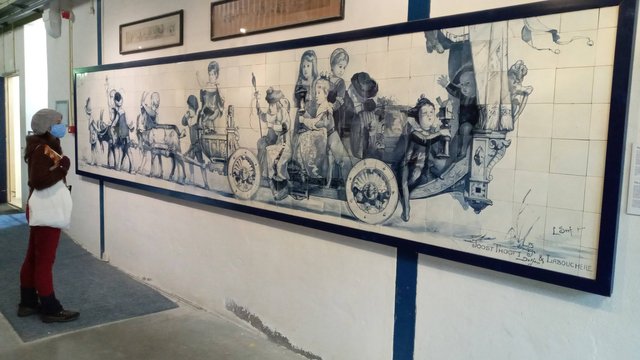
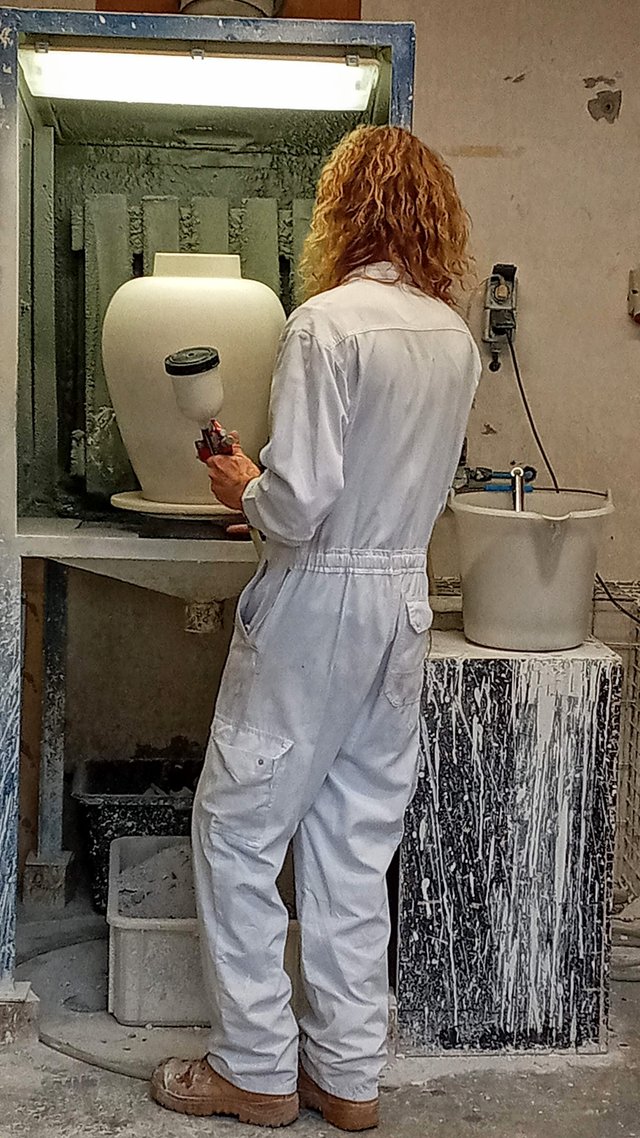
One of the most impressive parts of the museum, at least for me, is the painting part. All the pieces are hand painted by a master painter who studied for 10 years to do that job. All the illustrations are made with only two brushes, the paint and water. After the painting is finally finished, the master painter must put his/hers initials and also the logo of “delft blue” in each piece which also is part of the uniqueness of them.
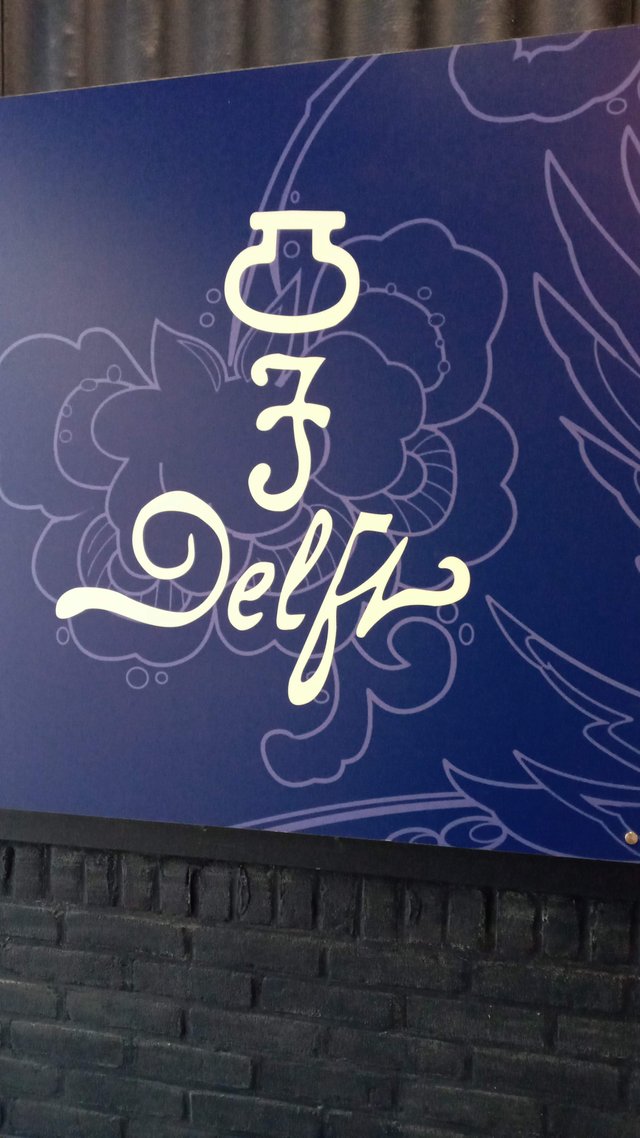
One curious thing is that the paint, or the pignment, that they use is black. But once the piece is glazed and fired, the ceramic magic happens: it becomes blue!
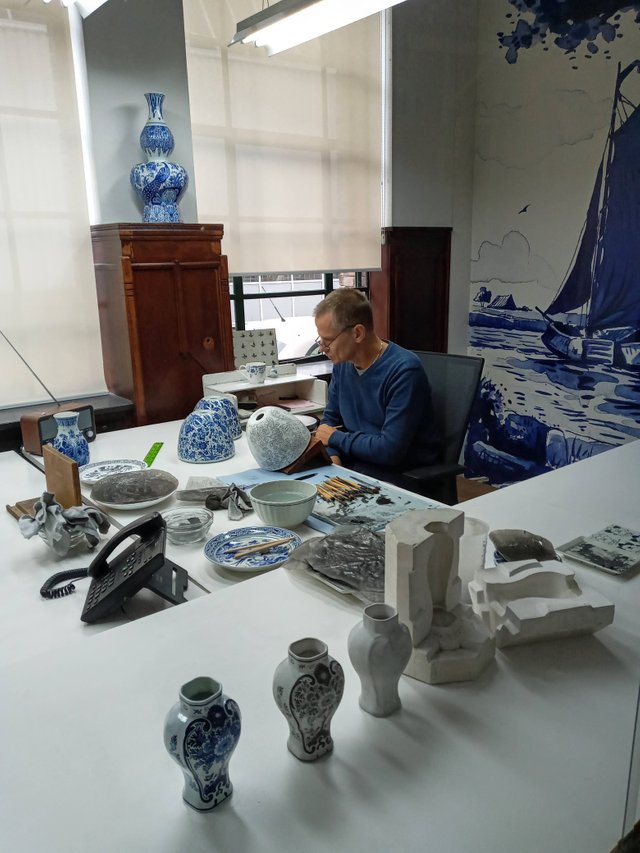
Another thing that I really enjoyed is that Delft Blue is not an old art. Every single year they enjoy a new artist to recreate illustrations and pieces for the collection. This year they invited Henk Schiffmacher, also known as Hanky Panky, a famous tattoo artist from Amsterdam who tattooed stars like Kurt Cobain, some Pearl Jam and Red Hot Chilly Pepper members. With his unique style of drawing, Mr. Panky is the new artist to sign the last Delft Blue collection, which by the way was super cool!
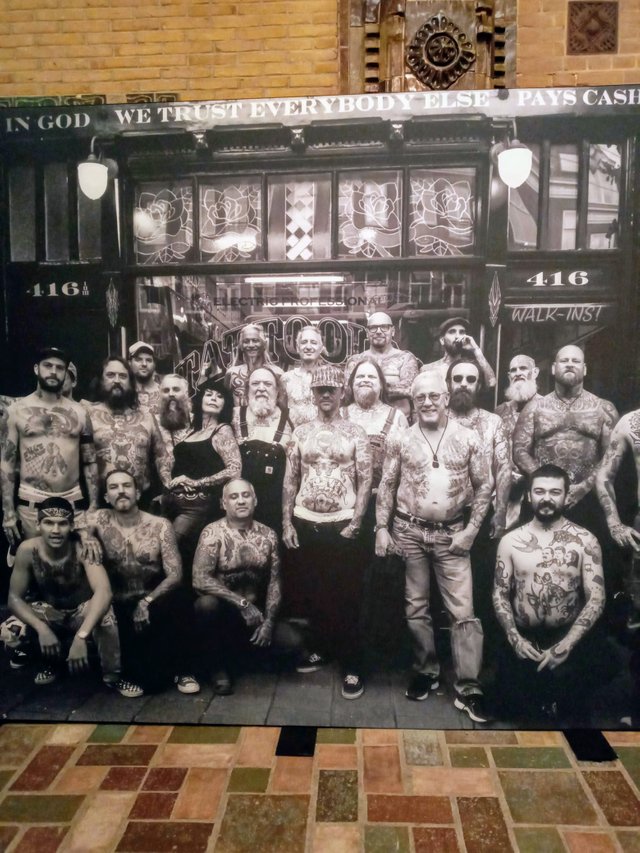
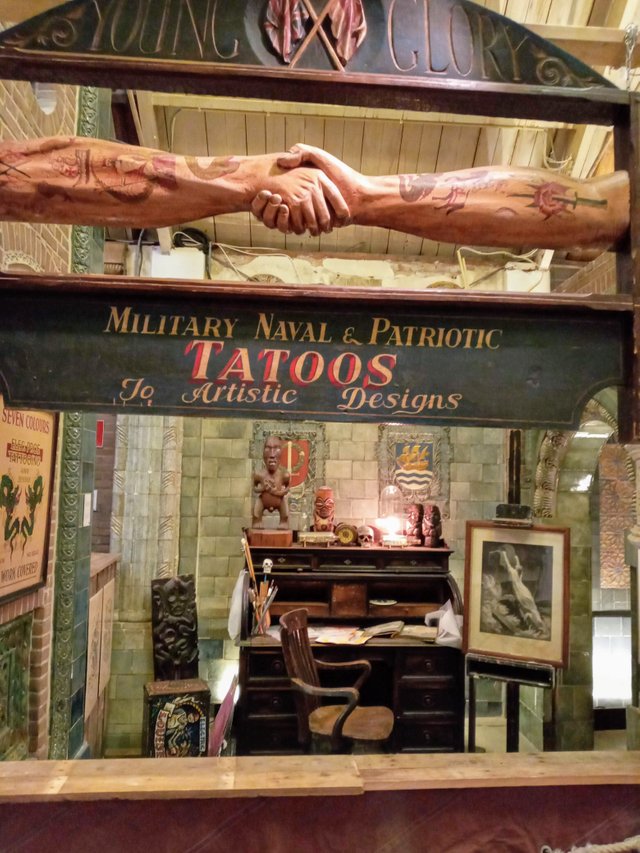
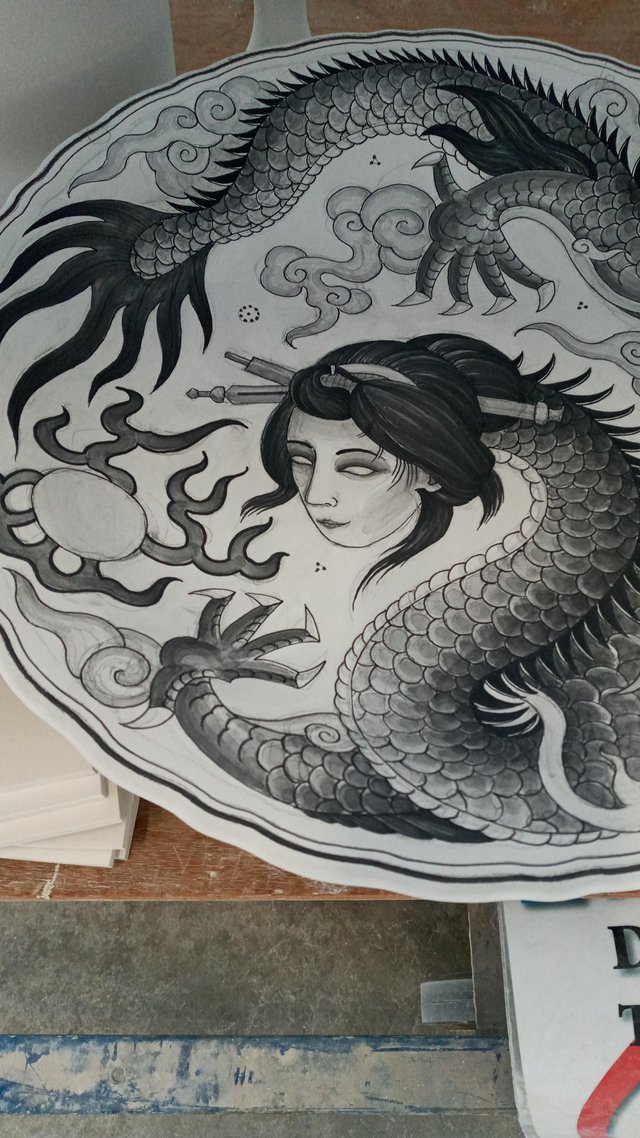
After 300 years Delft blue is still very popular in the world and the pieces are also very expensive. But don’t worry, at the end of the Museum you’ll also find some nice souvenirs with affordable prices to give to your mom, auntie or granny to put on their cupboard.
Visiting the museum on the pandemic
If in the past the chinese porcelain was the star. And, ironically, now another chinese thing is taking the scene… Of course I’m talking about the coronavirus. Besides the pandemic the museum is still open for visiting. The use of masks is obligatory and also respect the 1,5 meter between each other. All the visit is guided by audio and the limit of visitors is 6 only every 10 minutes. The small audio devices are also disinfected in each visit, to keep the museum as safe as possible.
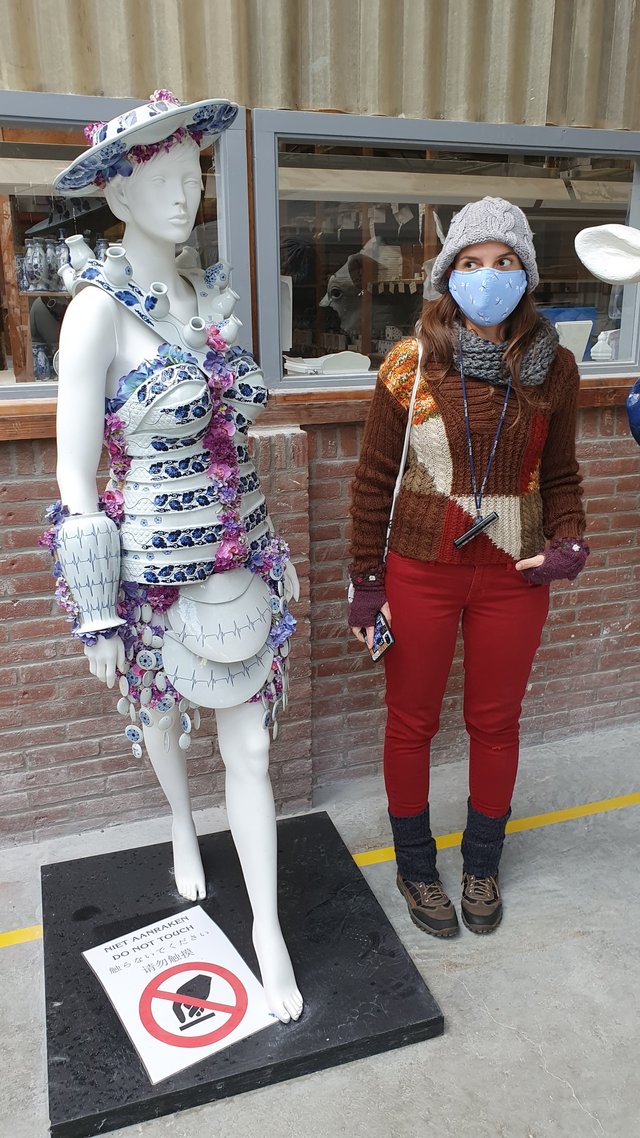
Practical Info
- To visit the museum
The fee to enter the museum is $10 euro. The best way is to buy the tickets in advance on the internet to reserve your place. Due the pandemic is also a great option to check the visiting open hours.
- Where to stay?
How about a tiny house in the canal’s of Delft? I thought this option was quite cool!
More good options you can find here!
- Where to eat?
Delft is famous for its high tea. If you have the opportunity don’t miss The Hills and Mills high tea. Unfortunately it was close due the corona, so check the availability first
- Good shopping tips
Besides some great souvenirs, I highly recommend you to visit the Henri Willig cheese store. If you’re a cheese lover, don’t miss the unique opportunity to try some good cheese and also buy some special ones!
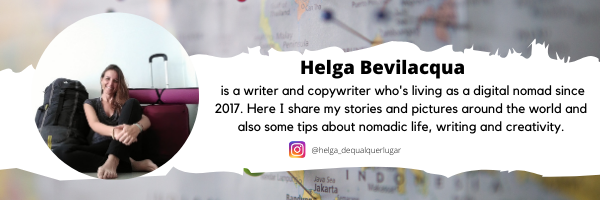
Congratulations @helgalubevi! You received the biggest smile and some love from TravelFeed! Keep up the amazing blog. 😍 Your post was also chosen as top pick of the day and is now featured on the TravelFeed.io front page.
Thanks for using TravelFeed!
@invisusmundi (TravelFeed team)
PS: You can now search for your travels on-the-go with our Android App. Download it on Google Play